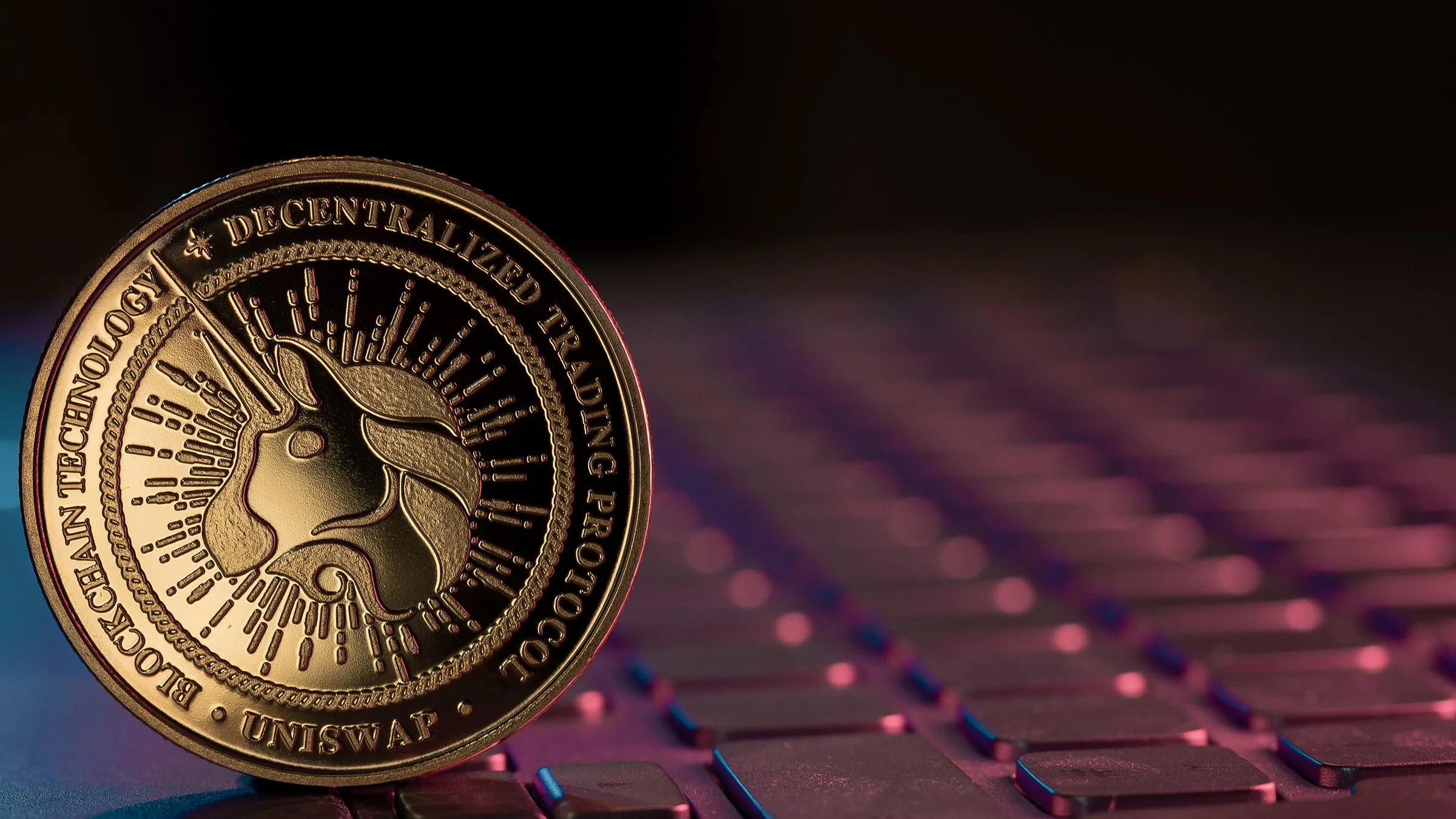Uniswap, the leading decentralized exchange (DEX) on the market, has announced Uniswap v4, bringing customizable features and releasing the draft core code so that the community can build on top of it.
Sara Reynolds, lead smart contract engineer at Uniswap Labs, spoke to Decrypt about the upgrade.
“The possibilities are pretty endless,” Reynolds said, adding that they are bringing v4 development into the open so the community “can take it anywhere.”
Decentralized exchanges are platforms that allow users to trade cryptocurrencies without an intermediary. It enables swapping and holding tokens without users giving up self-custody.
According to DefiLlama, Uniswap is the number one decentralized exchange on the market, with $3.87 billion in Total Value Locked (TVL).
The Ethereum-based Uniswap platform made headlines in 2021 when it launched v3, which brought new capabilities in Automated Market Makers (AMM), multiple fee tiers, and real-time, on-chain price oracles. But with v4, users will be able to build their own features.
Uniswap says it is introducing a new kind of smart contract called “hooks,” which allow developers to expand upon already existing liquidity pools. These contracts contain locked tokens which other users can unlock for a fee for other uses.
According to Reynolds, the level of innovation that “hooks” brings makes it “kind of limitless” in terms of customizability. They will allow for time-weighted average market makers (TWAMM), for example, which spread out buy orders over a long period of time. Think of it as Daily Cost Averaging (DCA) she says, but automatically.
The new release will also enable dynamic fees depending on volatility and on-chain limit orders, and the possibility of modifying liquidity pools while they are active.
This fourth version also aims at reducing pool creation gas costs by 99%—a particular sore point for traders over the years. This is accomplished through “singleton” contracts, said Raynolds, which allow for all pools to live within one contract, making routing much more efficient.
“There are directions the community can take this that we aren’t even aware of at the moment,” added Reynolds.

